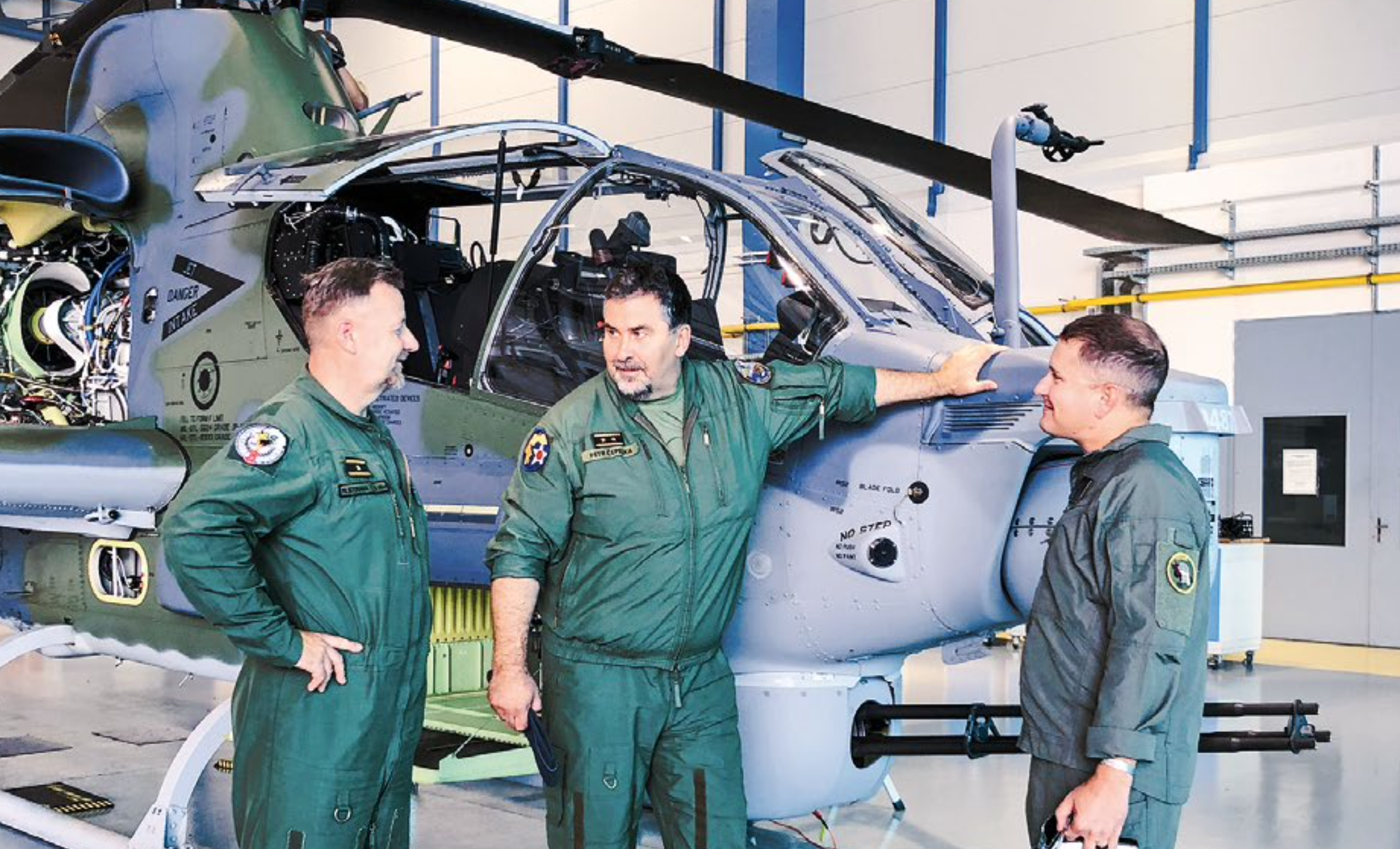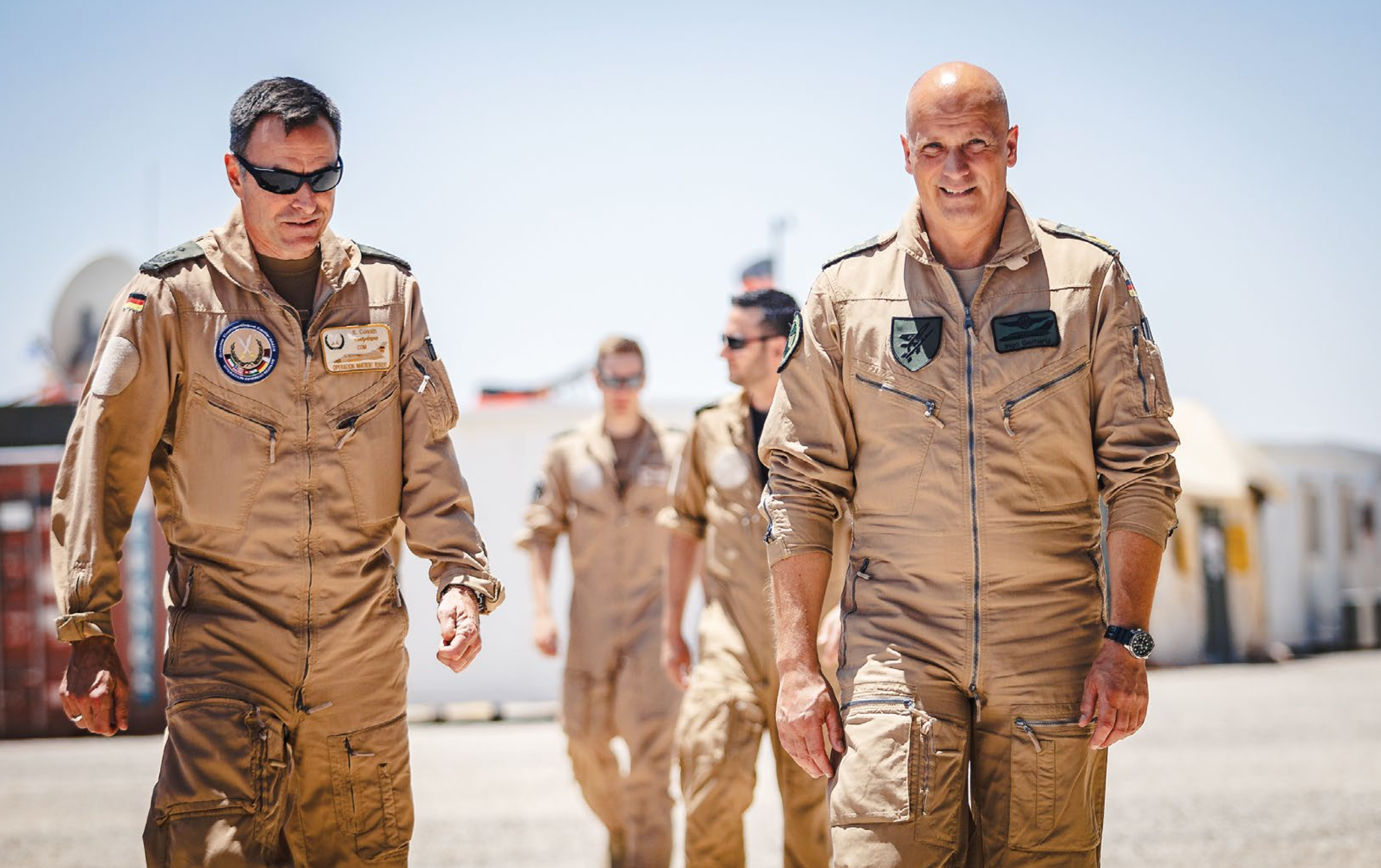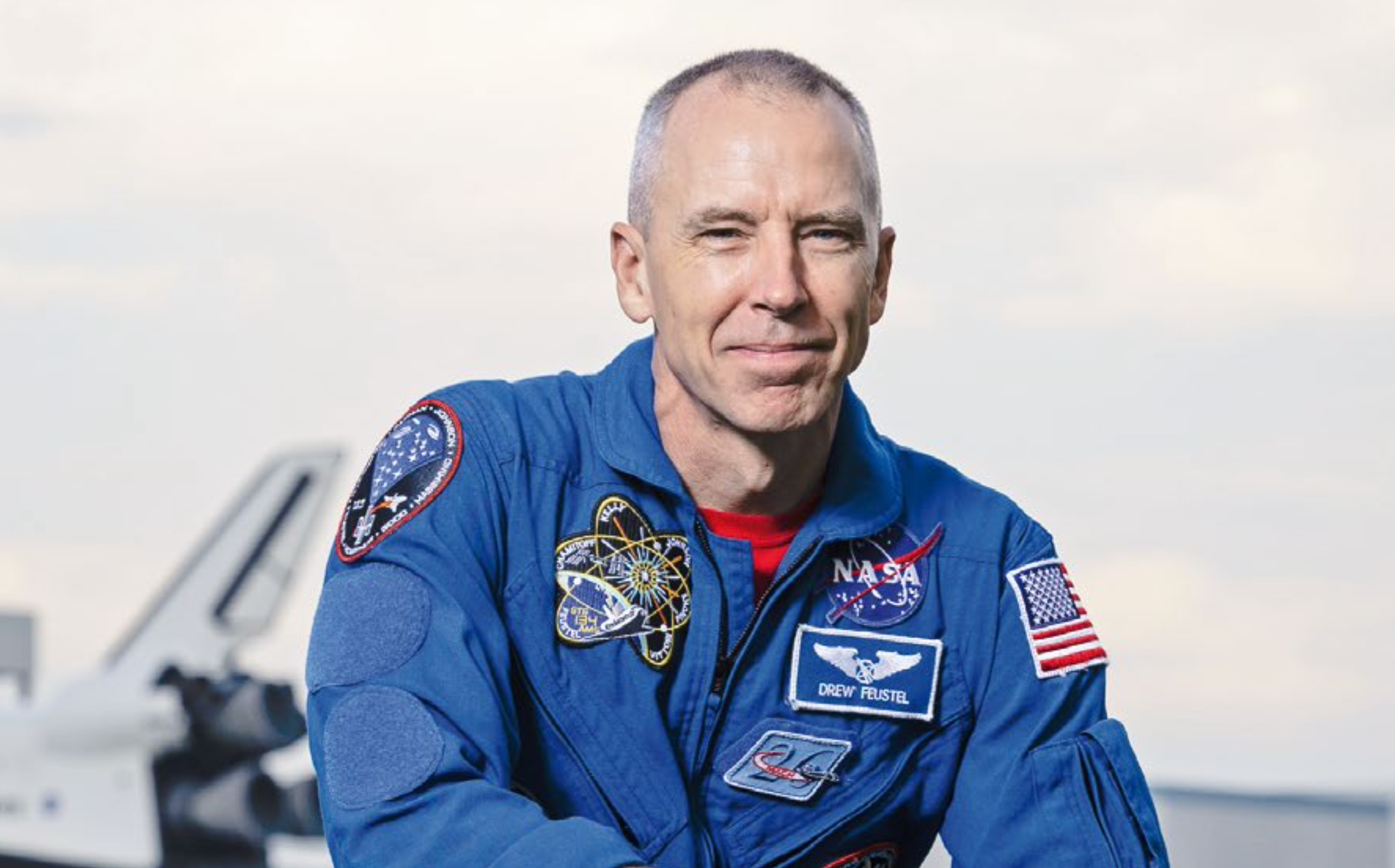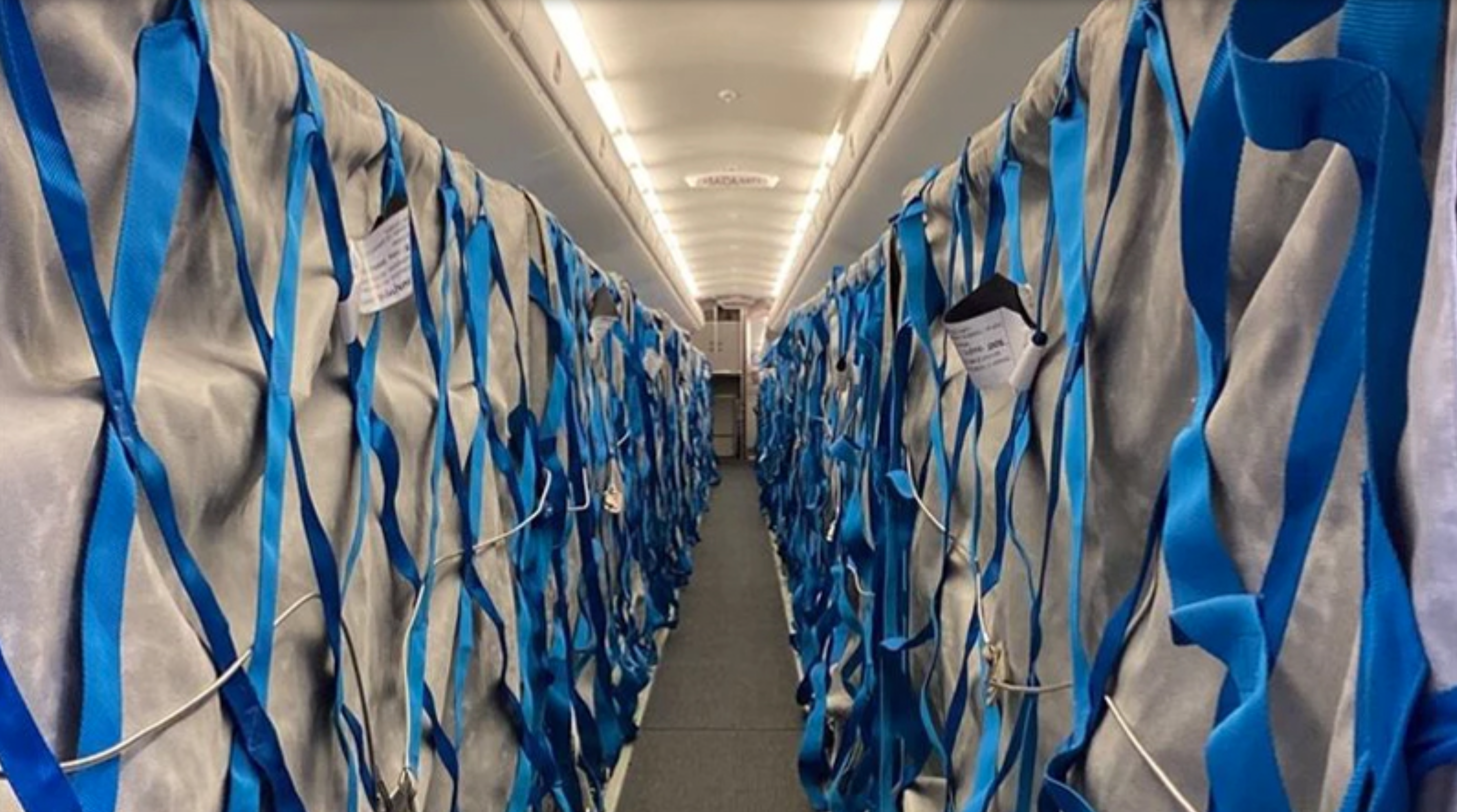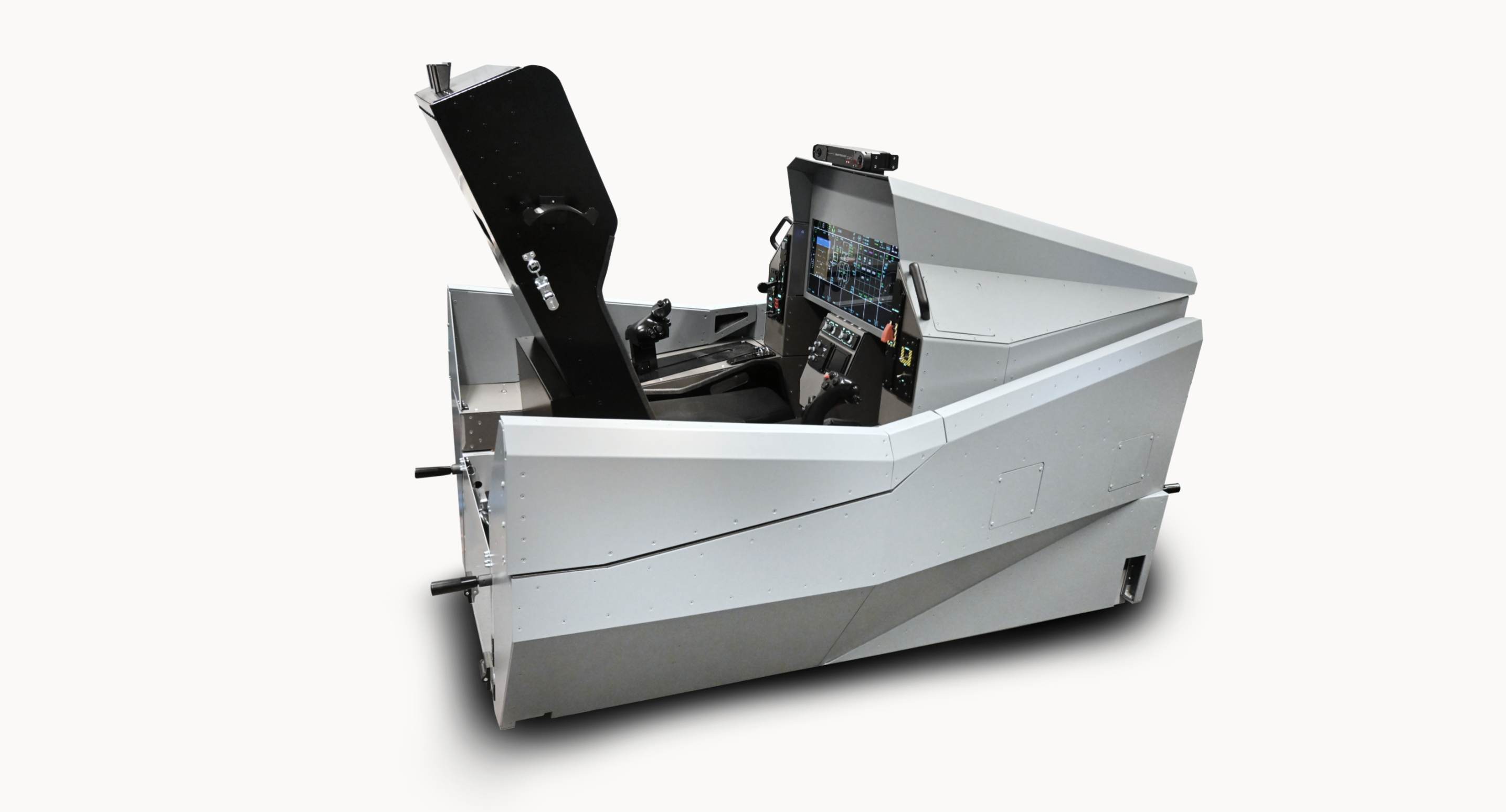A producer of aerospace devices, Prvni brnenska strojirna Velka Bites (PBS), celebrates 70 years of its manufacturing plant in the Vysocina Region, southeast of the Czech Republic. We interviewed the CEO of PBS, Mr. Milan Macholan and spoke with him about the PBS products, their target markets, the ongoing research and development in the company.
More about PBS: www.pbs.cz/en/
An interview with Milan Macholan, CEO of Prvni brnenska strojirna Velka Bites, a. s.
Seventy years have already passed since the foundation of the manufacturing plant in Velka Bites. What do you consider to have been the key milestones in the company’s development?
1814
To talk about the milestones, we have to go back to the year 1814, when the brand Erste Brünner Maschinenfabrik Gesellschaft, later Prvni brnenska strojirna (PBS), was established by Jan Reiff. The company was originally a producer of textile machines. However, with the rise of the first industrial revolution, it kept extending and diversifying its production until it produced its first steam turbine at the beginning of the 20th century. That was the cornerstone of today’s turbine production and today the PBS brand ranks amongst the oldest engineering brands globally. It recently celebrated its 200th anniversary.
1950
The next milestone was the decision to build a production plant in Velka Bites. A significant part of the plant was finished in September 1950, so we celebrate another jubilee this year: 70 years of PBS Velka Bites.
1970
From a current product portfolio point of view, the most important milestone was during the 60s and 70s. During this period, the L-39 Albatros aircraft was developed together with a turbine air generator for starting the main engine. These went on to be mass-produced by PBS, under the designation of Saphir 5. This project started the production of aircraft devices in PBS.
At the same time, a foundry was finished, which is not only an inseparable part of the production of aircraft technologies, but it also supplies precision castings for energy, transport, or medical industries.
1980
In the 1980s, PBS expanded production to include cryogenic devices used for liquefaction of gases. The cryogenic technology is primarily used for research and besides that, it is finding its place in the medical and space industries.
This milestone is now more critical than ever because of the rising interest in hydrogen as a new generation fuel, which is precisely the reason why we see such a huge potential in the liquefaction of hydrogen in connection with the use of our cryogenic turboexpanders, pumps, and compressors.
2000
In terms of modern history, the most important milestone is the beginning of the new century when we introduced the newly developed auxiliary power unit (APU) Safire 5K/G MI to start medium weight helicopters and aircraft.
At this time, we also commenced the development of a completely new product line of turbojet engines. The first engine from today’s already complete product line was the PBS TJ100.
You’ve recently reached significant milestones in the production of the last two mentioned products. Who are your customers and what markets are the products focused on?
We produced our thousandth PBS TJ100 engine in spring this year and coincidentally, we also manufactured the thousandth auxiliary power unit Safire 5K/G MI in autumn last year. We have constructed, assembled, tested, and supplied more than 14 thousand turbine devices for the aerospace industry so far. I consider it an outstanding achievement, mainly because of the number of engines and APUs sold reflect the quality and reliability of our products. Having been tried and tested, they are still sought-after, which is a superb reference in the aviation industry.
Historically, our essential customer was the company Aero Vodochody Aerospace. Besides the already mentioned air starter-generators, we‘ve supplied them with APU, air conditioning, main transmission, and other devices for their legendary training aircraft. We continue to carry out general repairs for them. We believe that the new type of aircraft (designation L-39NG), which is launched nowadays by AERO, will be successful and that we will continue our more than fifty-year cooperation.
Some of our other essential customers are producers of medium weight Mi-8/17/171 transport helicopters.
These helicopters belong to the most successful ones in their category and are used virtually worldwide. For example, 150 Mi-17 are used in India with our auxiliary power units and right now, India is one of the markets where we see much potential for the future.
We are currently participating in a tender for the Indian Air-force with one of our turbojet engines.
Furthermore, we also sell our cryogenic products to India and are negotiating a possible supply of specific types of investment castings from our foundry. As a result, we established the subsidiary PBS India this year, representing the PBS brand on the Indian market.
Our sister company, PBS Aerospace, represents our interests in the American market. This particular market, as is widely known, is very self-sufficient in aircraft production. However, we have still managed to sell our turbines here as well. For example, the SubSonex jet plane is propelled by the PBS TJ100 engine.
Bob Carlton, a famous American pilot, represents our company very well with this and other planes, mainly at various air shows and fairs. We’ve been working with Bob for more than ten years. I was delighted when he received the prestigious “Art Scholl Memorial Showmanship Award“ from the International Council of Air Shows organization, also thanks to our engines. Our products fly in more than 40 markets. I’m grateful that we have managed to extend our cooperation with many leading European manufacturers recently. We will be a part of a major European defense project supported mainly by Germany and France.
What other innovations are you working on?
The development of new and improvement of current products seems to be an endless activity in the aerospace industry. Aviation is one of the most prestigious engineering fields and success is a great reference. For this reason, it is essential to be one step ahead of the growing competition. On top of developing new PBS products, we also strive to increase our current engines’ parameters. The best reference for a product engine‘s body is a slight modification to the construction without any changes in the housing dimensions. The new engine variant offers wider use in smaller types of unmanned applications, primarily target drones for air force or navy training.
Are you working on any other interesting projects?
Talking about turbojet engines, we’ve started quite an ambitious development project. Its goal is to utilize our current know-how of turbine propulsion units and substantially further push the performance parameters. At this time, we offer a complete line of small turbojet engines with thrust ranging from 400 to 1,500 newtons. The PBS TJ100, with a thrust of 1,250 newtons, propels the American single-seat SubSonex aircraft, to get a better idea. The new development project is aimed at thrust, which is going to increase not by units, but by tens of percent. Unfortunately, I cannot divulge more information right now. However, we shall introduce an engine with a significantly higher thrust in two to three years. We are also working on APU modifications. In the first half of the next year, we will introduce a unique APU, which will meet the very demanding criteria for landing on oil platforms. Besides that, there is a semi-finished project for an APU that will supply a substantially higher electric power amount. With expanding technologies, the demand for supplied electric power increases not only for starting the main engines but also for pre-flight preparation. We seek after a manufacturer who requires an APU in the category up to 100 kW for a new medium-weight helicopter or aircraft project. We can still modify the final parameters according to the customer’s requirements in the early project phase.
You are one of four producers in the world who obtained the DOA, POA, and MOA approvals from EASA to develop, produce and maintain auxiliary power units (APUs). How difficult was it to get these certifications and what competitive advantage do they represent?
For clarification, there are quite a few producers of aircraft technologies who acquired the Design, Production, and Maintenance Organization approvals, DOA, POA, and MOA for short. However, there are only exactly four manufacturers of turbine APUs. It is a great honor and, at the same time, a great responsibility for us. The certifications are a stamp of quality, with which we can present ourselves to our customers, and they show a commitment to maintain quality at all times. The process of acquiring but also defending these approvals is quite complicated. It begins with processes inside the company, including changes in technical drawings, for example, and ends with how you communicate with your customers. The whole set of measures, in the end, grants safe operation of the given device.
You’ve also mentioned cryogenic production among the company’s achievements. Is it true that PBS’s cryogenic compressors are installed in the particle accelerator at CERN in Switzerland?
Cryogenics is a special part of our production and thanks to our experience with aircraft turbines, we’ve also started developing ones for cryogenic use. These are paradoxically a lot more difficult to produce. While turbines for the aerospace industry reach about 50,000 rotations per minute (rpm), the cryogenic turbines rotate up to 360,000 rpm. For comparison, car engines usually work safely up to 5,000 rpm. Obviously, the faster anything rotates, the higher the demands for precision, balance, and assembly of individual components.
Cryogenic turboexpanders, compressors, and pumps are essential parts of gas liquefiers. Our long-term specialization is helium, which is used in a liquefied state for research purposes in the medical or space industry. We are expanding the use of our cryogenic turbines for nitrogen, neon, and hydrogen as well.
Yes, a cascade of cryogenic compressors from PBS is installed in Switzerland’s CERN to answer your question.
It might still sound like sci-fi. However, as we wrote in previous issues, it won’t be such a distant future after all. When will hydrogen be used as a fuel for aviation?
You’re most likely reacting to Airbus’s recent statement that they will introduce an airliner with hydrogen propulsion by 2035. I believe that Airbus is going to succeed.
I am very grateful that we can take part in this ambitious project. The representatives of Airbus have shown interest in our cryogenic technologies. The transition from liquefaction of helium to liquefaction of hydrogen is not so dramatic and the experience that we have in this segment is pretty much unique. I’m confident we will get to use our know-how in this, from many aspects unique project, that presents such a vast potential not only for PBS production.
Interviewed by: Kateřina Urbanová
Photo: Luděk Krušinský and PBS




